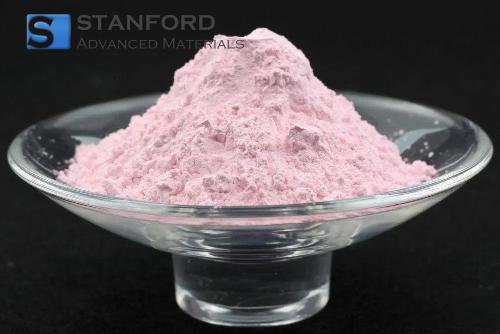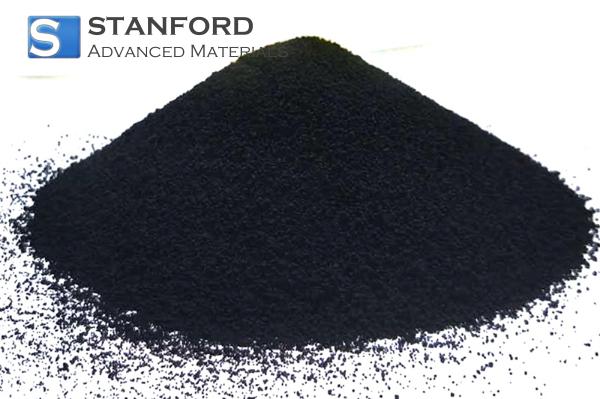Specific Strength And Material Science
What is Specific Strength?
Specific strength is defined as the tensile strength of a material divided by its density. Unlike absolute strength, which measures the maximum force a material can withstand, specific strength indicates the effectiveness of a material relative to its mass. This property is critical in industries where reducing weight while maintaining strength is essential, such as aerospace, automotive manufacturing and sports equipment production.
Factors Affecting Specific Strength
Several factors influence the specific strength of a material:
Material Composition
The elemental composition and molecular structure of a material play a significant role in determining its specific strength. Materials that incorporate lighter elements typically exhibit increased specific strength.
Manufacturing Processes
Processes such as alloying, heat treatment and additive manufacturing can increase a material’s specific strength by modifying its microstructure and eliminating defects.
Temperature and Environmental Conditions
Operating conditions, including temperature and exposure to corrosive environments, may affect specific strength by altering a material’s properties over time.
Applications of Materials with High Specific Strength
Materials with high specific strength are essential for various high-performance applications:
Aerospace Engineering
Aerospace vehicles require materials that are both lightweight and strong to optimise fuel efficiency and payload capacity.
Automotive Industry
Reducing vehicle weight without compromising safety and performance is critical for improving fuel consumption and reducing emissions.
Sports Equipment
Materials with high specific strength enhance the performance and durability of equipment such as bicycles, tennis rackets and helmets.
Specific Strength of Various Materials
The following table lists the specific strength of various materials:
|
Material |
Tensile Strength (MPa) |
Density (g/cm³) |
Specific Strength (MPa-cm³/g) |
|
Steel |
400 - 2 000 |
7.85 |
50 - 255 |
|
Aluminium |
200 - 600 |
2.7 |
74 - 222 |
|
500 - 1 400 |
4.43 |
113 - 316 |
|
|
Copper |
210 - 400 |
8.96 |
23 - 45 |
|
Concrete |
30 - 50 |
2.4 |
12.5 - 20.8 |
|
3 500 - 6 000 |
1.6 |
2 188 - 3 750 |
|
|
Glass |
50 - 150 |
2.5 |
20 - 60 |
|
Wood (Hardwood) |
100 - 150 |
0.6 - 0.9 |
111 - 250 |
|
Plastic (Polyethylene) |
20 - 40 |
0.9 - 1.2 |
22 - 44 |
|
Magnesium |
150 - 300 |
1.74 |
86 - 172 |
Key Observations:
- Carbon Fibre exhibits the highest specific strength and is suitable for applications requiring both strength and low weight, such as in aerospace and sports equipment.
- Titan has a very high specific strength; consequently, it is employed in aerospace and medical applications.
- Steel has, compared with lighter materials such as Aluminium and Titan, a lower specific strength; however, it is frequently used because of its higher absolute strength and cost efficiency.
- Concrete has a relatively low specific strength, which limits its application in lightweight construction, but its compressive strength renders it suitable for buildings and foundations.
- Further information is available at Stanford Advanced Materials (SAM).
Frequently Asked Questions
What is the formula for calculating specific strength?
Specific strength is calculated by dividing the tensile strength of a material by its density.
Why is specific strength important in aerospace?
In aerospace, materials with high specific strength reduce the overall weight of an aircraft, thereby enhancing fuel efficiency and payload capacity.
How does specific strength differ from tensile strength?
Tensile strength measures the maximum stress a material can withstand when stretched or pulled, while specific strength accounts for this strength relative to the material’s density.
Can the specific strength of existing materials be improved?
Yes, the specific strength of materials can be improved through processes such as alloying, heat treatment and optimisation of manufacturing procedures.
Which material exhibits the highest specific strength?
Carbon Fibre currently exhibits one of the highest specific strengths among commonly used materials, and is therefore suited for high-performance applications.

 Bars
Bars
 Beads & Spheres
Beads & Spheres
 Bolts & Nuts
Bolts & Nuts
 Crucibles
Crucibles
 Discs
Discs
 Fibers & Fabrics
Fibers & Fabrics
 Films
Films
 Flake
Flake
 Foams
Foams
 Foil
Foil
 Granules
Granules
 Honeycombs
Honeycombs
 Ink
Ink
 Laminate
Laminate
 Lumps
Lumps
 Meshes
Meshes
 Metallised Film
Metallised Film
 Plate
Plate
 Powders
Powders
 Rod
Rod
 Sheets
Sheets
 Single Crystals
Single Crystals
 Sputtering Target
Sputtering Target
 Tubes
Tubes
 Washer
Washer
 Wires
Wires
 Converters & Calculators
Converters & Calculators
 Write for Us
Write for Us





 Chin Trento
Chin Trento



